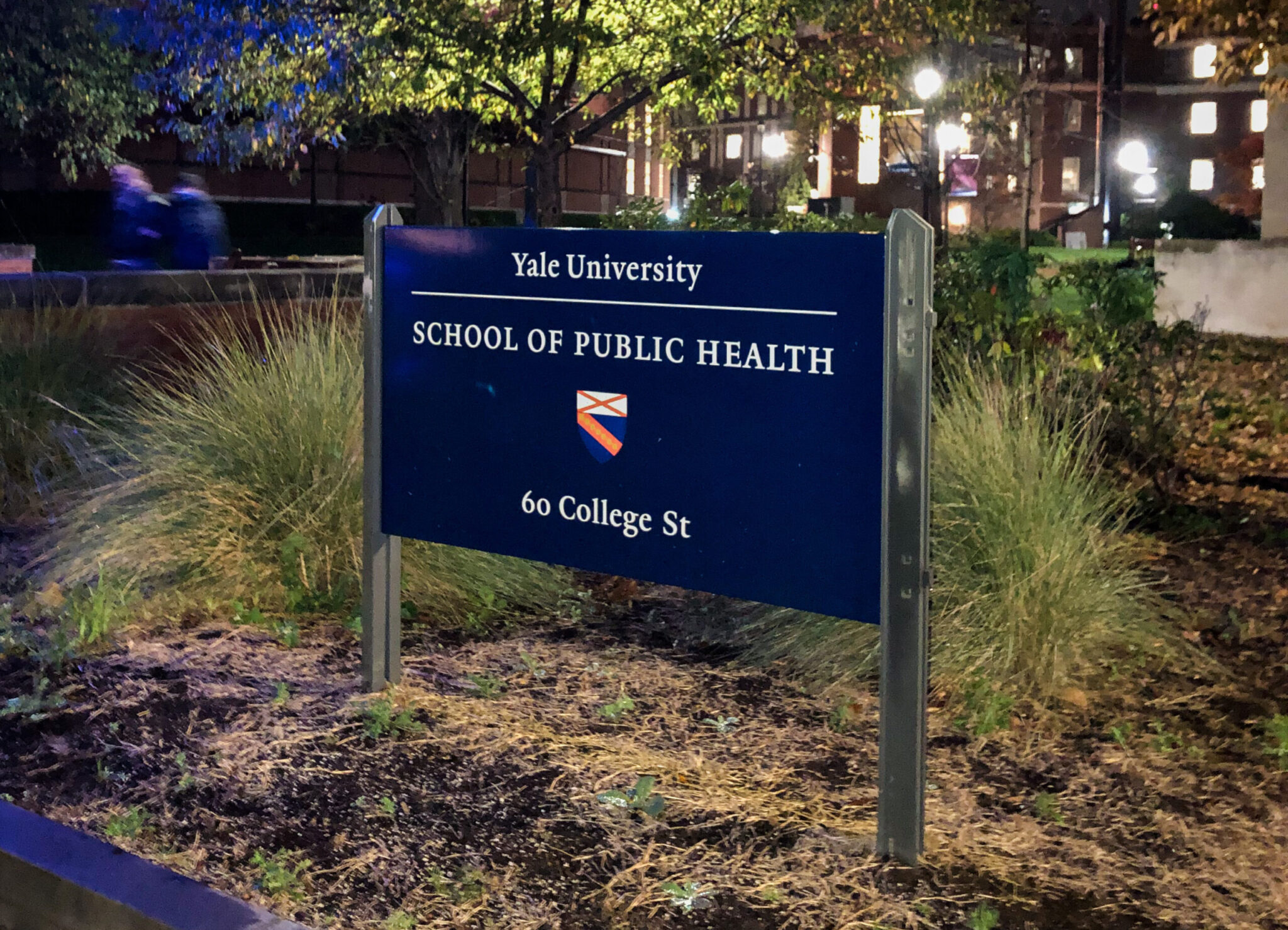“Absolutely harrowing”: Yale public health researchers use social media posts and satellite images to corroborate human rights atrocities in Sudan
A series of reports published by the Humanitarian Research Lab at the Yale School of Public Health corroborate evidence of humanitarian crises and body disposal in Darfur.

Yale Daily News
A recent report from the School of Public Health’s Humanitarian Research Lab corroborated on-the-ground reporting of alleged body disposal in El-Geneia, West Darfur, Sudan. The findings could be used as evidence of genocide.
The report, which was released Sept. 14, documented the dumping of light-toned objects — likely body bags containing human remains — at a site reported to be a mass grave. Through data from open-source and publicly available sources including social media posts and satellite images, the report confirms humanitarian volunteer eye-witness accounts of bodies being dumped into water surrounding El-Geneia.
“The situation in Sudan deserves a lot of attention and needs to be documented,” said Kaveh Khoshnood, the faculty director of the HRL at Yale. “This [report] is essential for policymakers to make correct decisions.”
Nataniel Raymond, the executive director of the HRL and overseer of the project, explained that the violence in Sudan is partly rooted in an ongoing power struggle between the Sudanese Armed Forces and the Rapid Support Forces, a paramilitary organization in Sudan. He added that the violence also stems from the RSF committing a series of ethnically-based killings of non-Arab people, targeting the Masalit and Burgo tribes in West Darfur.
The report investigated alleged grave sites the RSF used for mass burials of people from the Masalait and Burgo tribes. Though the report does not explicitly confirm who was responsible, the researchers note that the timing of their findings corresponds with credible accounts suggesting that the RSF massacred Sudanese citizens and committed ethnic violence against non-Arab communities, particularly Masalit people.
According to Khoshnood, the HRL, which operates as part of the State Department’s Conflict Observatory program, primarily monitored the Russo-Ukrainian war until April 2023, when conflict broke out in Sudan. Since then, the HRL has released a series of reports recording human rights violations during the ongoing conflict.
Another HRL report, published Aug. 31, confirmed on-the-ground reporting of a dire humanitarian crisis in Nyala, the capital city of South Darfur. According to Raymond, civilians are caught between SAF and RSF clashes, and aid cannot enter the city. Satellite images included in the report revealed giant holes in the roofs of Nyala’s mosques, homes and hospitals — the result of artillery fire.
“Civilians can’t flee, and humanitarian aid can’t enter Nyala,” Raymond said. “The civilians are being killed and wounded with only one functioning hospital left in operation.”
Raymond told the News that the HRL uses multiple data sources to produce their reports. Open-source information — such as social media and local news stories — constitutes one portion of the data. However, Raymond noted that open-source information is especially difficult to access in Sudan because of widespread telecommunications and internet outages.
The researchers also gather information from publicly available sources, such as NASA’s thermal sensors, which detect fires. They use commercial imagery from satellites, including those by Planet and Maxar Technologies. The imagery varies from high to middle or low resolution, Raymond said. The researchers can also choose to use different sensors depending on what they want to target.
“It’s like golfing,” he said. “We use different types of clubs to hit different types of holes.”
Some of the data collected by the HRL seeks to verify open-source information. Other times, Raymond said, the researchers notice something in an image and try to find open-source information to confirm or explain what they found. They also look for evidence of an event they suspect might be happening. The image collecting happens in real time, often in six to 12 hour cycles, but weather conditions, especially clouds present during the rainy season, can make it impossible to see.
David Simon, the director of the Genocide Studies program at Yale, who was not involved in the report, told the News that the HRL’s research may help the U.S. State Department make a determination of genocide in Sudan.
“There’s every indication that there’s an attempt to destroy the Masalit tribe and perhaps others as well, which is a core qualification of genocide,” Simon said. “It’s happening now, and there’s this almost inexplicable lack of reaction by global powers.”
Simon said that, though the findings from the HRL reports are “absolutely harrowing” and describe “international crimes,” the lab cannot make legal judgments or determine policy. That, he said, is the role of the State Department and other institutions.
The State Department uses a framework, which is published on its website, to assess atrocity risk, distinguishing between war crimes, crimes against humanity and genocide. The atrocity risk assessment framework guides government officials to examine at key actors and targeted groups case by case to help develop atrocity prevention policy making.
“It feels to me that the HRL passes on report after report to folks that have the capacity to make a policy or legal judgment, and it’s just not happening,” Simon said. “The reports deserve much more traction than they’re getting.
Raymond told the News that the State Department has issued “multiple statements” based on the August report. Additionally, he said that the HRL’s reports have been used as part of ceasefire negotiations, investigations by the International Criminal Court into events in Darfur and for efforts delivering humanitarian aid in Sudan.
The creation of the Conflict Observatory, a non-governmental organization that analyzes evidence of war crimes and other atrocities, was announced by the State Department on May 17, 2022.







